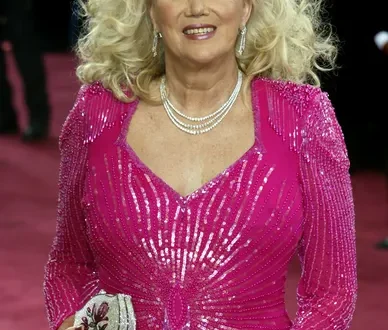F1 accelerates into theaters as a full-throttle spectacle that combines real-world racing thrills with emotional undercurrents—anchored firmly by Brad Pitt’s committed performance as Sonny Hayes, a former Formula One star drawn back into the circuit for one last shot at glory. Directed by Joseph Kosinski, the movie unapologetically indulges in the kinetic beauty of motorsport—bringing viewers into the cockpit, onto the pit lane, and behind the wheel of cinematic intensity.
The set pieces are undeniably the film’s greatest strength. Filmed at actual F1 events around the globe, the racing sequences are both visceral and immersive, capturing not just speed but the raw sensation of velocity. These scenes are intensified by dynamic camera work, placing audiences at eye level with cars hurtling through curves and pit crews moving with choreography-like precision. The result is a sensory rush—especially in IMAX, where every shift and rev becomes an event unto itself.
At the emotional core, Brad Pitt’s Sonny Hayes is a worn veteran—once at the top, now tossed aside by the sport, and summoned back to revive APXGP, a struggling team run by his old teammate-turned-owner, Ruben Cervantes, played with weight and warmth by Javier Bardem. Pitt inhabits Hayes with subdued gravitas, the kind of maturity that comes from time—not erasing flaws, but embracing them as character. His relationship with the brash rookie Joshua Pearce, portrayed with infectious energy by Damson Idris, offers a generational tension that feels credible and earned. Their dynamic fuels much of the film’s emotional propulsion.
Yet the narrative lags behind its visuals. Dialogue often edges into formulaic territory, occasionally reducing emotional arcs to clichés rather than letting them emerge organically. At times, the romantic subplot between Hayes and the team’s technical director, Kate, played by Kerry Condon, feels perfunctory—a desirable dimension, but one regrettably underexplored. Still, what F1 lacks in narrative sophistication, it compensates for in sheer momentum, hooking viewers with its kinetic energy and cinematic spectacle.
The supporting cast adds texture, from Bardem’s steady presence as a friend and foil, to Idris’s lively, ambitious rookie, and Condon’s steely command in the engineering domain. Cameos by real-life F1 drivers and a polished soundtrack further ground the film in authenticity and spectacle.
Technically, the film is a modern marvel. Kosinski’s direction, along with cinematographer Claudio Miranda, offers visual finesse that elevates race sequences into near-poetic motion, while the music weaves emotional resonance over crescendos of engine noise and tension. It’s a sensory experience that rewards big-screen viewing.
Ultimately, F1 doesn’t redefine the racing genre, but it revs with confident, polished ferocity. For fans eager for adrenaline, with a side of mature character drama, it hits the apex of expectations. While its emotional gears may occasionally grind, the ride is unquestionably worth the cinematic trip.




